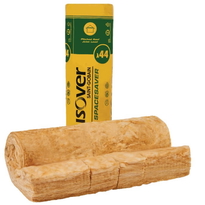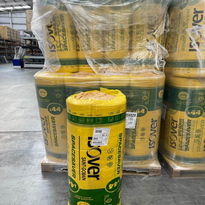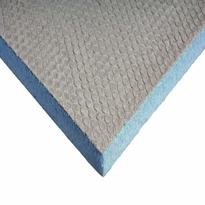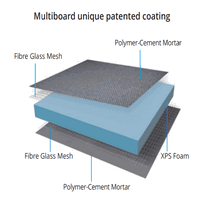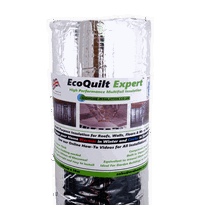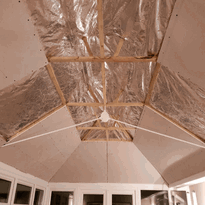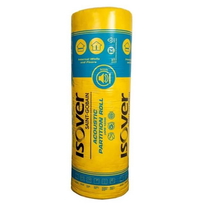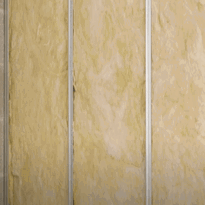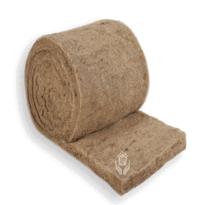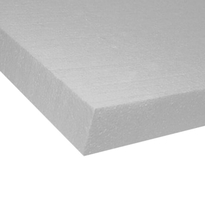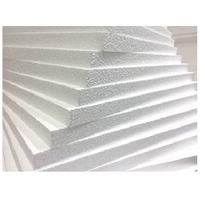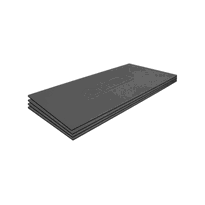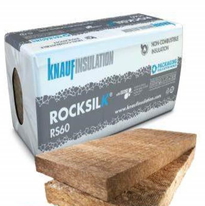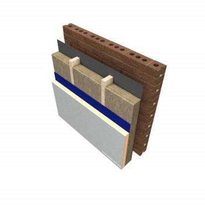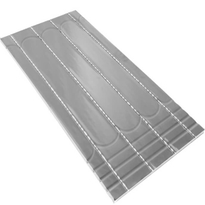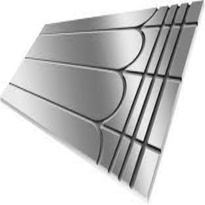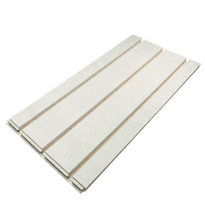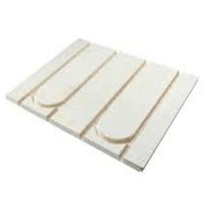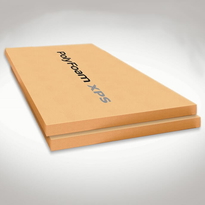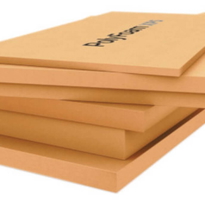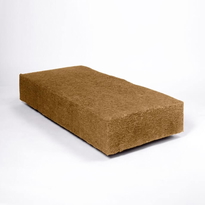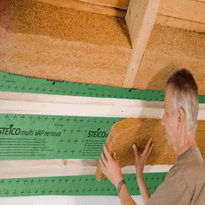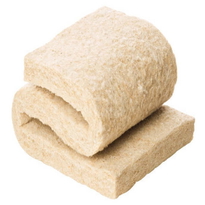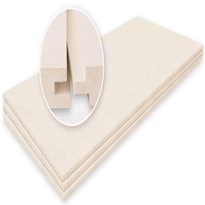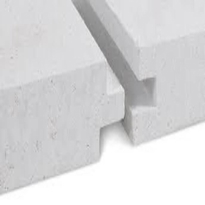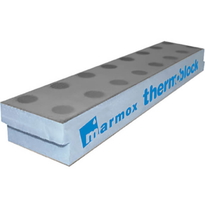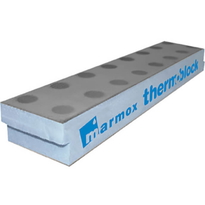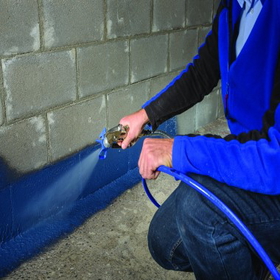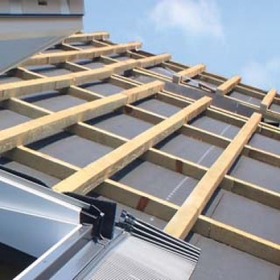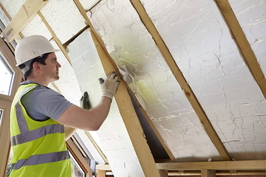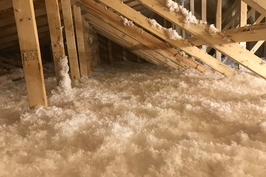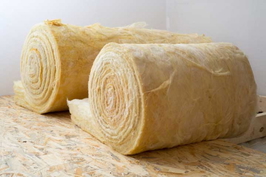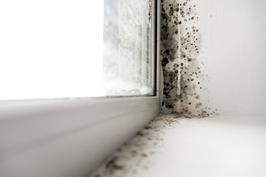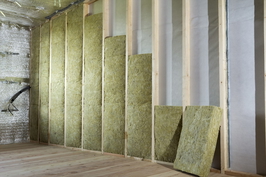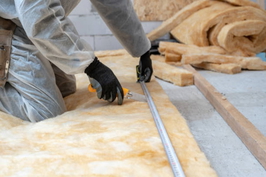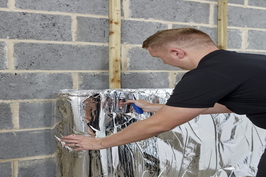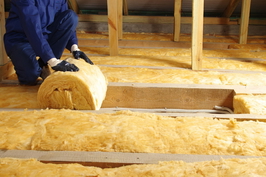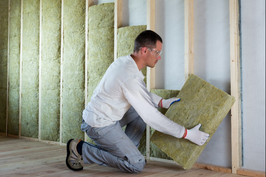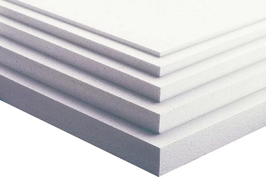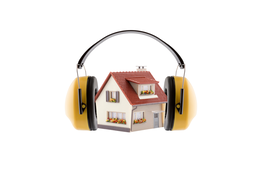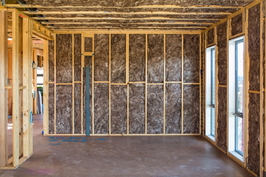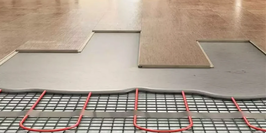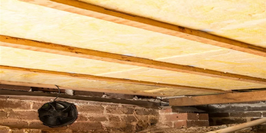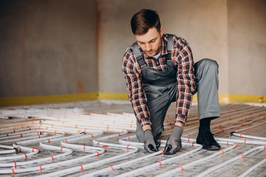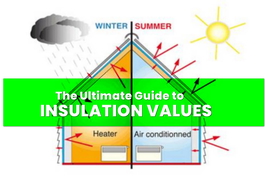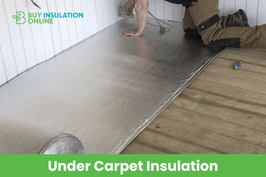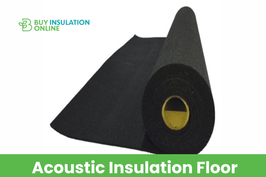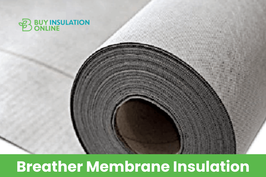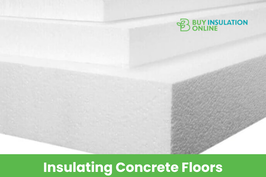Floor Insulation
Similar Categories
Flooring Insulation
Insulation is an important aspect of building construction as it helps to maintain a comfortable indoor temperature and reduce energy consumption. One area where insulation is often overlooked is the floor.
However, insulating the floor can have numerous benefits, including increased energy efficiency and improved thermal comfort. In this article, we will discuss various types of insulation that can be used for flooring, as well as the benefits and considerations of insulating under the floor.
Why should your floor be insulated?
Insulating underneath your floor is a great way to improve the energy efficiency of your home. Insulation helps keep warm air in during the winter and cool air in during the summer. This can reduce your heating and cooling costs, making your home more comfortable while saving you money.
One of the main benefits of insulating under the floor is increased energy efficiency. Proper insulation can help to keep heat in during the winter and out during the summer, reducing the need for heating and cooling systems to work as hard.
This can lead to significant energy savings and lower energy bills. In addition, insulating under the floor can improve the thermal comfort of a building, as it helps to maintain a more consistent indoor temperature.
In addition, insulation can help reduce noise from outside or from other rooms, as well as help protect against water damage from any moisture that might seep up through your floors. Installing underfloor insulation is an affordable and easy way to make your home more efficient and comfortable, so why not insulate under your floor?
By using quality underfloor insulation you will be able to make sure that your home stays comfortable throughout the year without having to worry about high energy bills or excessive noise levels. You will also be able to ensure that any moisture that may come up through your floor does not cause water damage in any of the rooms in your house.
In summary, insulating the floor of a building can have numerous benefits, including increased energy efficiency and improved thermal comfort.
What types of floors need insulation under them?
Some types of flooring, such as hardwood or tile, are more sensitive to temperature changes and may require more insulation to maintain a comfortable indoor temperature. Wood is a natural insulator but you will still need to fit insulation beneath.
There are several types of floors that may benefit from insulation beneath them. Some examples include:
- Suspended timber floors: Suspended timber floors are commonly found in older buildings and are constructed by suspending timber joists on masonry walls or other support structures. Insulating beneath a suspended timber floor can help to reduce heat loss through the floor and improve the overall energy efficiency of the building.
- Concrete floors: Concrete floors are found in many types of buildings, including basements, garages, and slab-on-grade construction. Insulating beneath a concrete floor can help to reduce heat loss through the floor and improve the thermal comfort of the building.
- Underfloor Heating: Underfloor heating is designed to heat the floor of a building using hot water or electricity. Insulating beneath a radiant floor can help to improve the efficiency of the heating system and reduce heat loss through the floor.
- Floors in cold climates: In general, floors located in colder climates may benefit from insulation to help reduce heat loss through the floor and improve the overall energy efficiency of the building.
It's worth noting that not all floors will necessarily benefit from insulation beneath them. Factors to consider when deciding whether to insulate a floor include the type of flooring that will be installed, the type of foundation the floor is built on, and the climate in which the building is located.
What types of insulation flooring can you use?
There are several types of insulation materials that can be used for floor insulation, including:
- Fibreglass: This is a common type of insulation that is made from fine strands of glass that are woven into a mat. It is lightweight, easy to install, and relatively inexpensive.
- Polystyrene: This is a type of plastic foam insulation that is available in both rigid panels and flexible sheets. It is lightweight, easy to install, and provides good insulation value.
- Spray Foam Insulation: This is a type of foam insulation that is sprayed into place, creating a seamless and airtight barrier. It is more expensive than fibreglass or polystyrene, but provides excellent insulation value and is effective at reducing noise. It must only be applied by a professional as it could lead to rotted timbers if it is incorrectly used.
- Rockwool This is a type of insulation that is made from molten rock or slag, which is spun into fibres and formed into sheets or batts. It is more expensive than fibreglass, but provides good insulation value and is effective at reducing noise.
- PIR (polyisocyanurate): This is a type of foam insulation that is similar to polyurethane, but has a higher insulation value and is more rigid. It is more expensive than fibreglass or polystyrene, but provides excellent insulation value and is effective at reducing noise.
How much can I save if I install underfloor insulation?
The amount of money you can save by insulating your floors in the UK will depend on several factors, including the type of insulation you choose, the thickness of the insulation, the size of your home, and your current energy usage and costs.
As a rough estimate, adding insulation to an uninsulated floor in the UK can save you around £110-£275 per year on your energy bills, depending on the size of your home and the type of insulation you choose.
However, it's important to note that the actual savings you experience may vary based on your specific circumstances. To get a more accurate estimate of the potential energy savings from insulating your floors, you may want to consult with a home energy audit professional or use an online energy savings calculator.
How much does it cost to have floor insulation installed?
The cost of having floor insulation installed in the UK can depend on a few factors. The average cost of a suspended floor installation in the UK is somewhere between £1500 to £3000, but this is a very rough estimate. Solid floor insulation can cost considerably more.
It is important to consider the type of insulation being used as this will affect the price. For example, using spray foam or rock wool insulation tends to be more expensive than using fibreglass like RS45 and Acoustic Partition Rolls for example.
Additionally, there may be additional costs for labour and materials if the existing floors need to be replaced or repaired before installing new insulation. Ultimately, it is worth getting quotes from several different companies and comparing prices before making a decision.
It's also important to consider the type of foundation the floor is built on, as well as the climate in which the building is located. In general, it's a good idea to use a higher R-value insulation for floors located in colder climates or for buildings with a slab foundation.





